Will external recorders become history? Most probably, especially those who are dedicated to recording raw via HDMI. When examining the recent releases, it appears that camera manufacturers make decent efforts to bypass patent limitations in order to implement internal compress raw capabilities, particularly in 8K resolution. Three major examples of that are the Canon EOS R5 C, Nikon Z9, and Sony VENICE 2. However, we all know who was first.
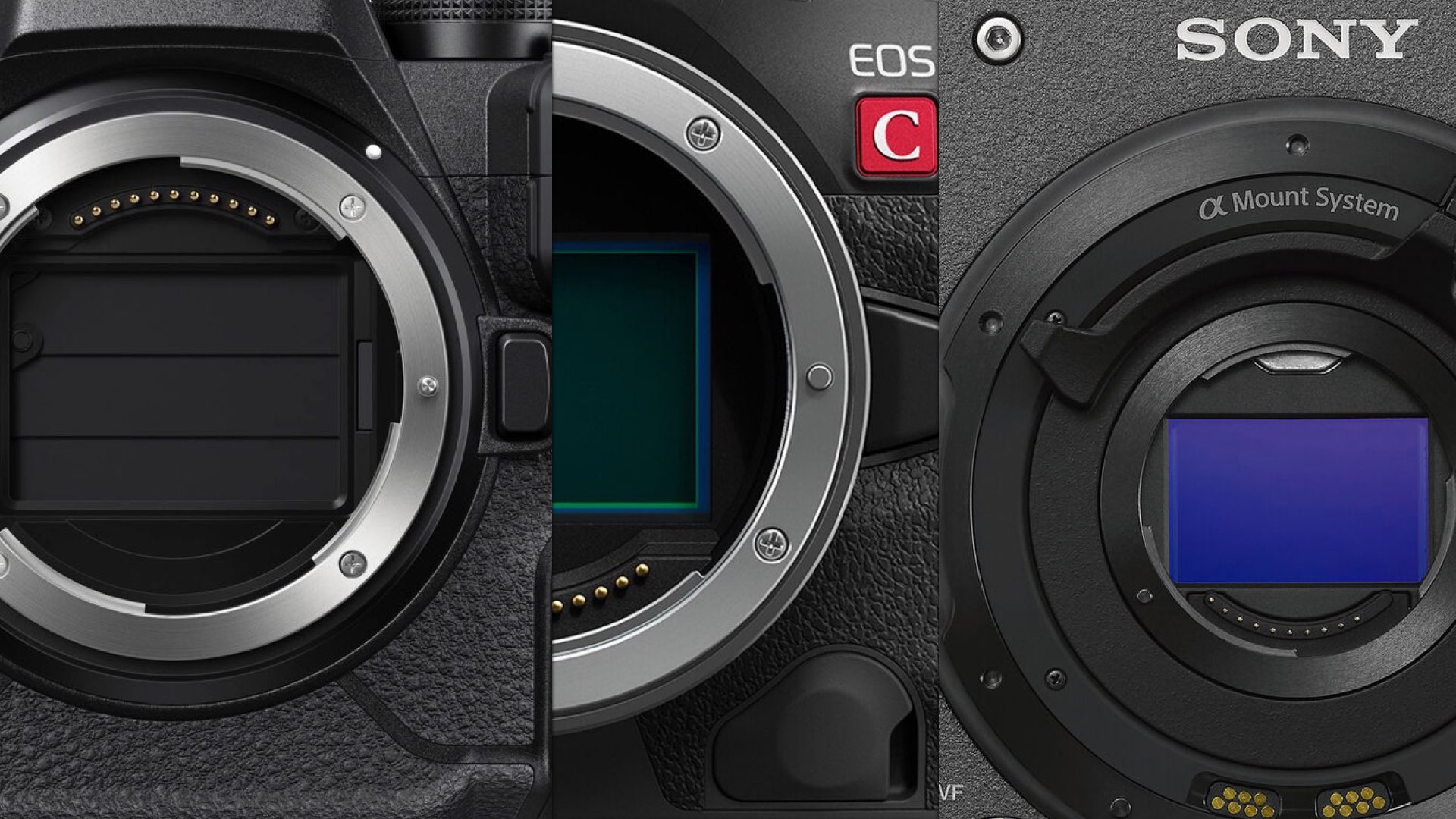
Elimination of external recorders
Raw HDMI external recorder makes the camera more cumbersome. More cables and more devices constitute a limiting factor, mainly on a handheld operation. Although the external recorder has some benefits derived from its operating system that can facilitate and assist in camera operation, an internal solution is always preferred. Sony understood that and thus made solid efforts to try and eliminate the external recorder of the VENICE 2. Nikon has implemented that approach as well on its flagship, the Z9. In spite of these cameras having been developed for totally different markets, users, and purposes, they both can record compressed raw without the need of an external recorder. And that is a technical achievement.
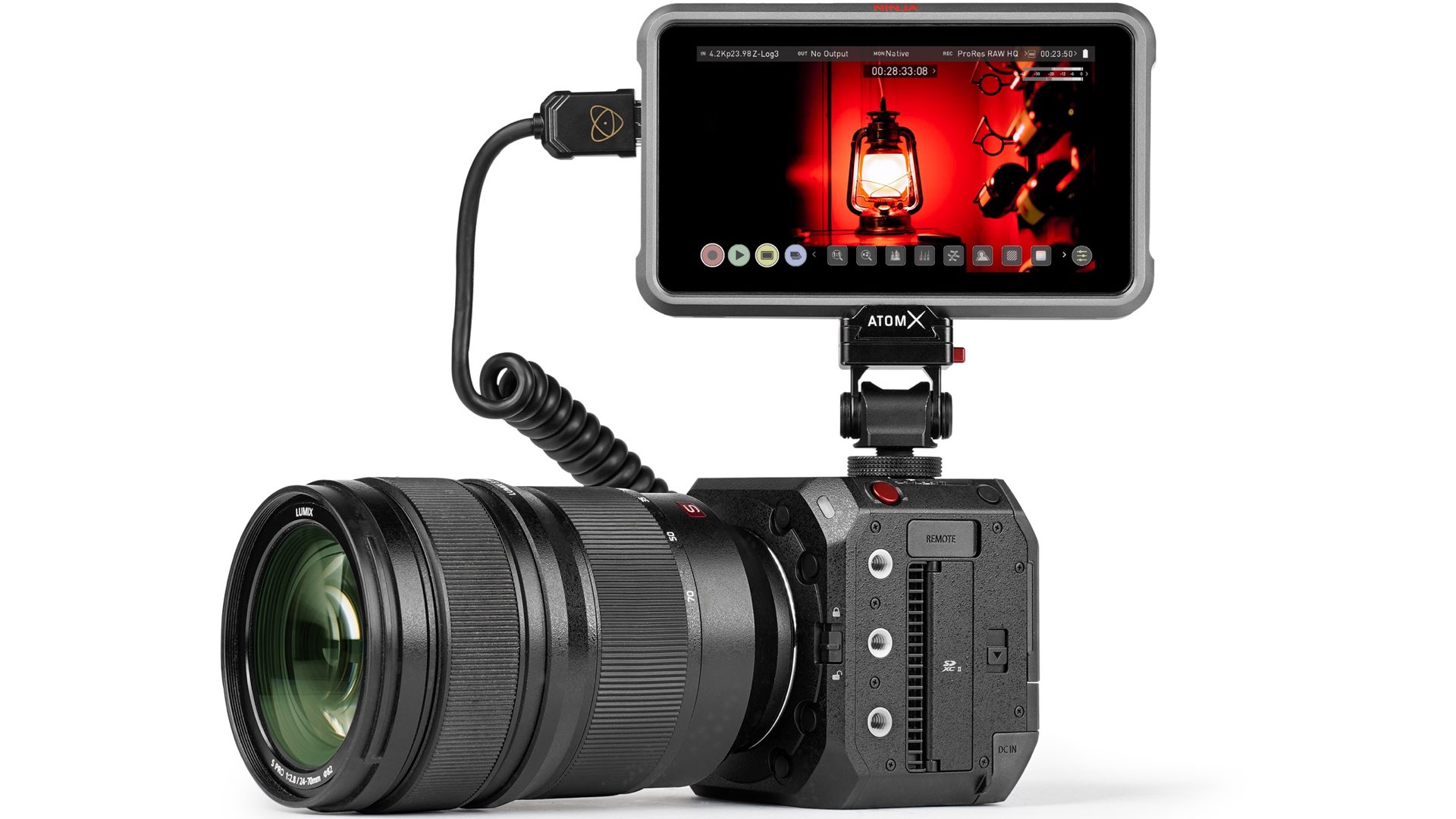
Sony VENICE 2: Dropping the AXS-R7
Sony has stated that the production community has requested a smaller and more lightweight body than the original VENICE while keeping its intuitive operability. Indeed, the Sony VENICE 2 is 44 mm smaller and approximately 10% lighter. However, more importantly, the VENICE 2 chassis allows internal recording of X-OCN and Apple 4K ProRes 4444 and 422HQ without the AXS-R7 recorder. That allows “advanced usability in a compact and lightweight body.” as mentioned by Sony. This is a big deal since no external recorder is needed to record the X-OCN with all its three flavors. Basically, you can think of X-OCN as REDCODE RAW. It’s worth mentioning that the new compression rates of the R3Ds in DSMC3 bodies (RED Komodo and V-Raptor) also consist of levels/flavors -HQ-MQ-LQ, which are the amount of compression added.
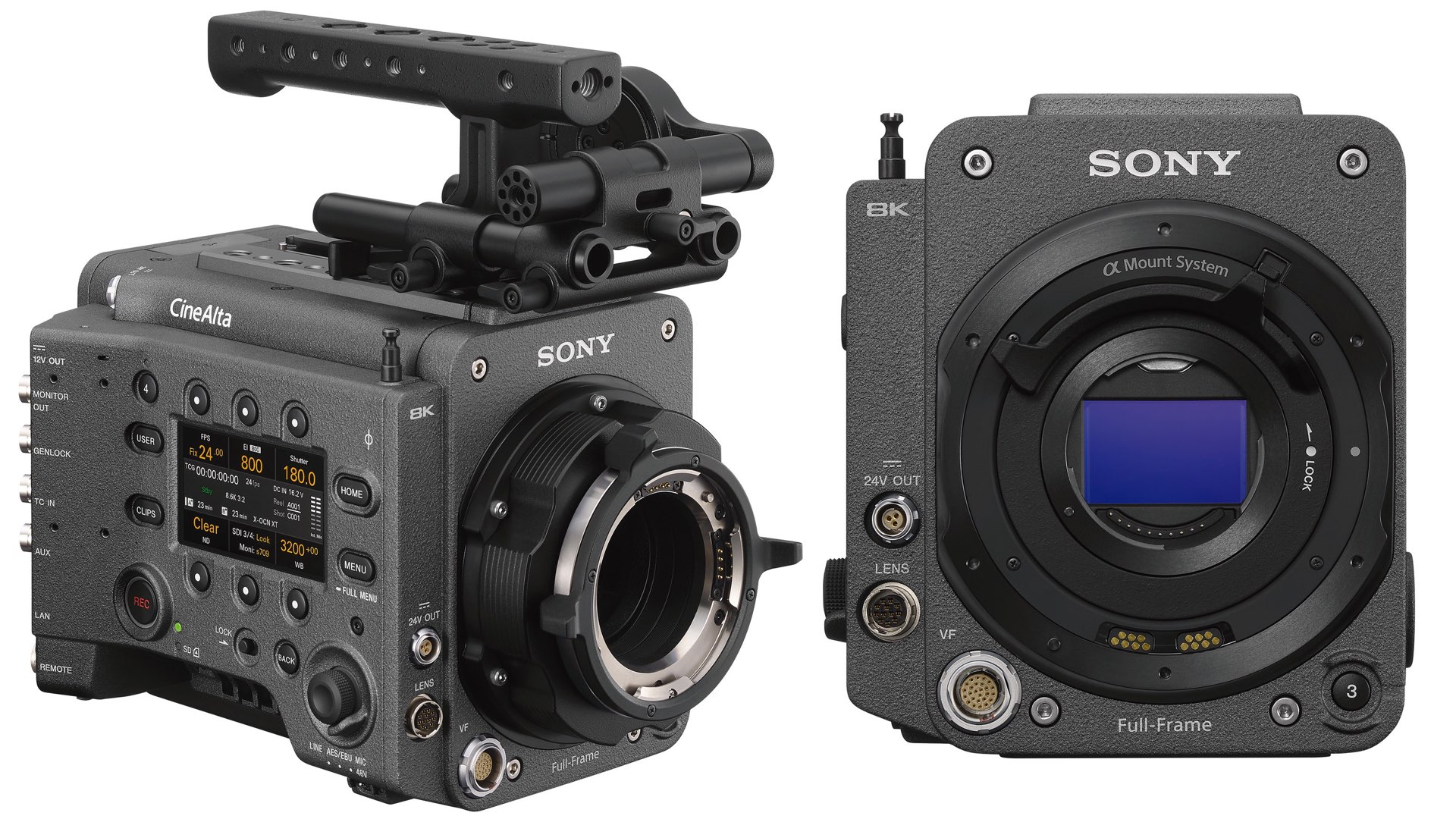
The X-OCN
For those who are not familiar with the jargon, here’s a quick explanation: X-OCN is an abbreviation of “eXtended tonal range Original Camera Negative.” The “extended tonal range” was named for “faithfully recording the fine gradations output from the camera.” There are three main user benefits of X-OCN. (1) Image quality (2) Data size (3) High degree of freedom in post-production. By processing and recording the Bayer data output from the camera with 16-bit scene linear so as not to impair the dynamic range of the imager, post-production and flexible high image quality were maintained as the optimum format for HDR production. X-OCN ST can achieve quality comparable to F55RAW with a data size of about 70% of Sony’s F55RAW. In addition, X-OCN LT, which can record at 40% of the data size of F55RAW, has almost the same data size as XAVC 4K Class 480 (the codec that was utilized in the Sony VENICE cameras inside the fighter jets’ cockpit in Top Gun: Maverick, since the VENICE 2 was not available back then). As with RAW, you can freely adjust and change the ISO sensitivity and white balance after shooting. Furthermore, Sony says that the X-OCN benefits from advancements in compression technology that was not available when Sony RAW was developed. It is both more efficient and can achieve higher image fidelity at comparable data rates.
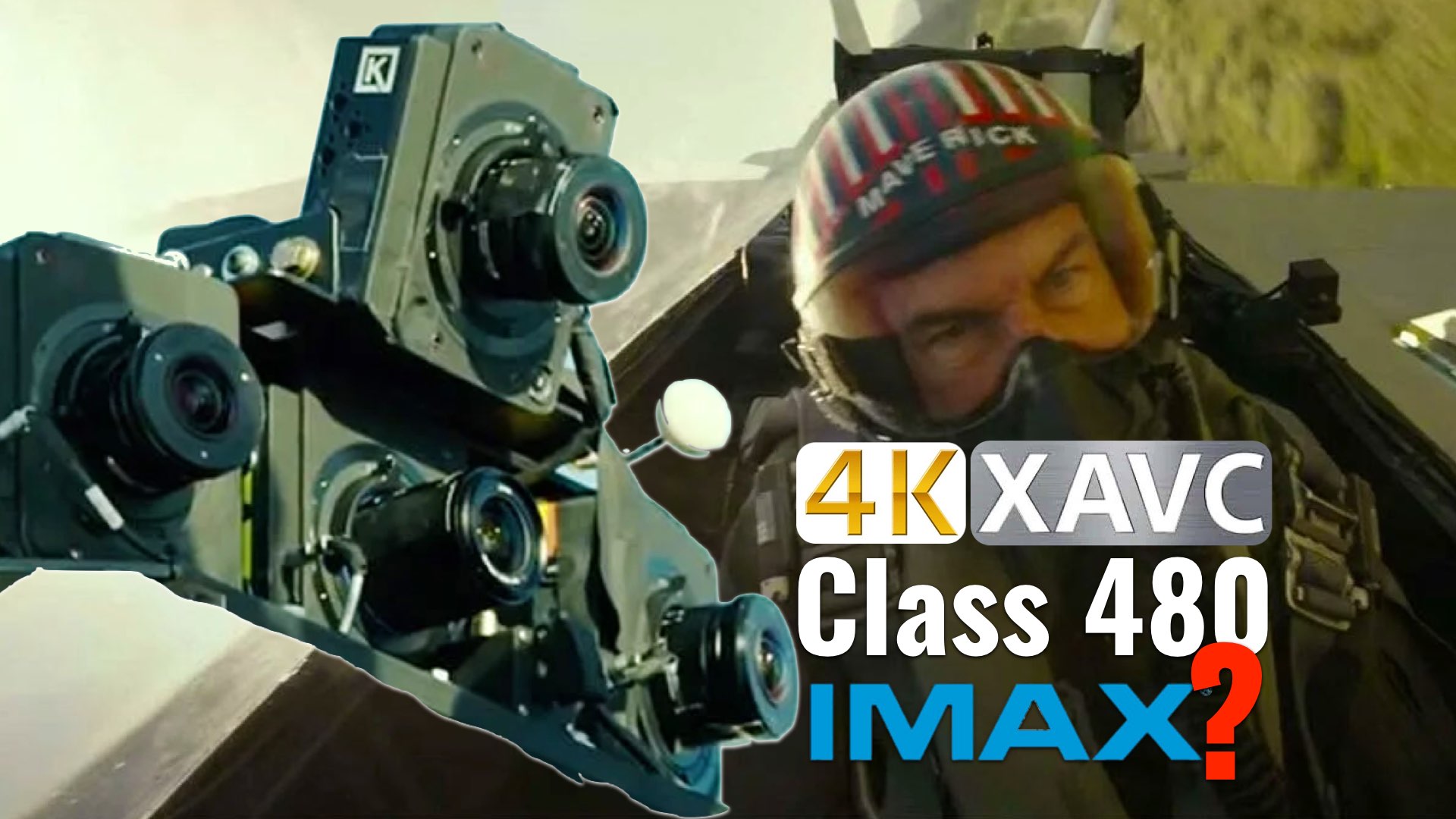
Nikon Z9: ProRes RAW internally
The new firmware released for the flagship Nikon Z9 allows to record 12-bit ProRes RAW HQ or new 12-bit N-RAW video at up to 8K 60p straight to the Z9’s memory cards (internally —no external device required). Basically, Nikon allows you to record two flavors of raw codecs: Apple ProRes RAW, and N-RAW (by intoPIX). Nikon states that its own raw (N-RAW) is half the size of the ProRes RAW. As opposed to the VENICE 2, here you got just one flavor of compressed raw, which is ProRes RAW HQ.
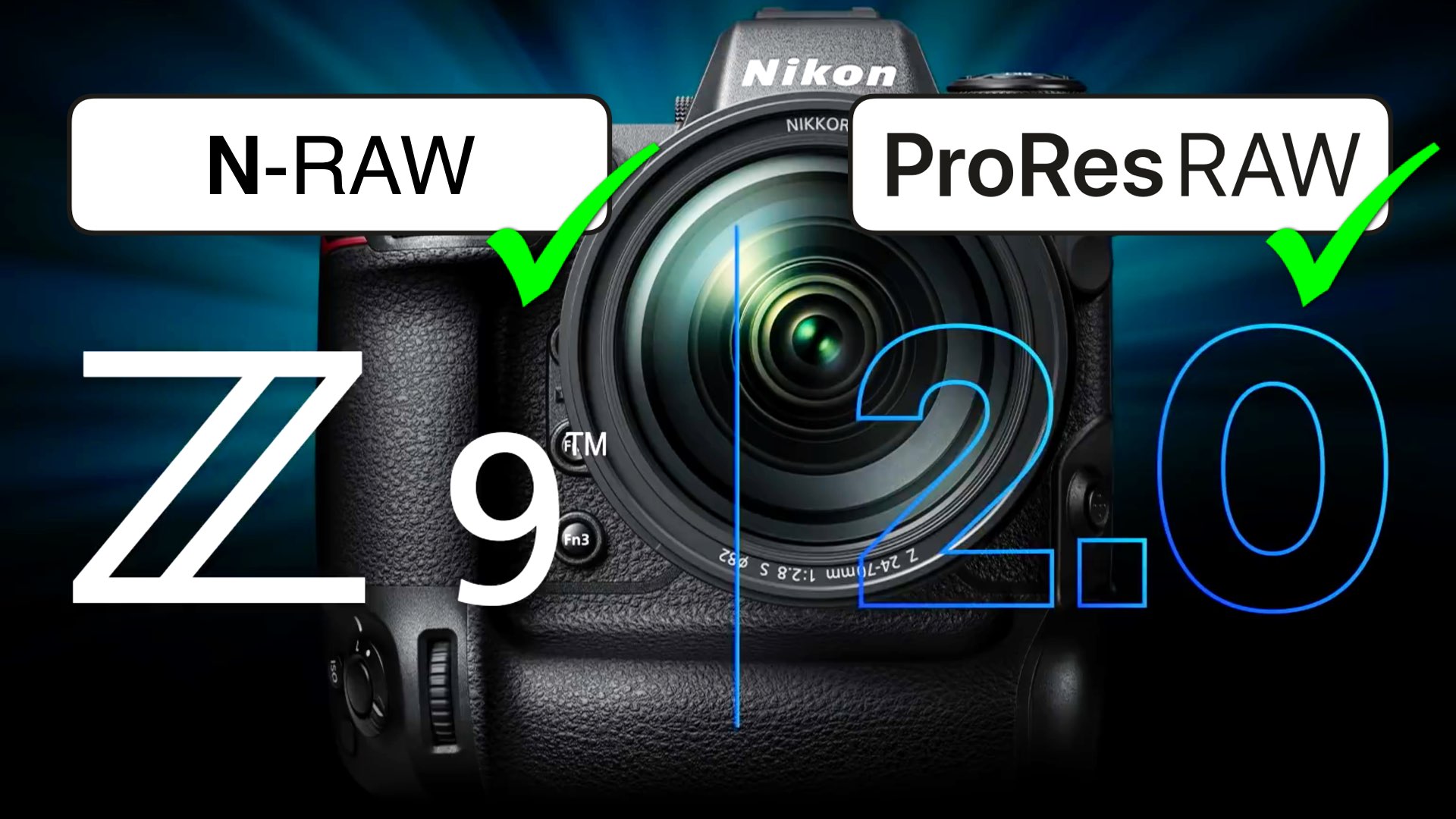
Canon EOS R5 C
The EOS R5 C is the first Canon camera to provide an internal 8K 60P Cinema RAW Light recording. Cinema RAW Light is a popular and valuable format found in other Canon Cinema EOS cameras such as the EOS C300 Mark III and EOS C500 Mark II. Canon claims this feature captures the full dynamic range of the sensor and provides video data with a cinematic look, optimized for advanced grading and HDR, in a more manageable file size than Cinema RAW. Cinema RAW Light now has three newly-developed modes, RAW HQ (high quality), RAW ST (standard quality), and RAW LT (light recording). All three modes are 12-bit regardless of frame rate. So here it is — another example of an internal recording of compressed raw, also in 8K.
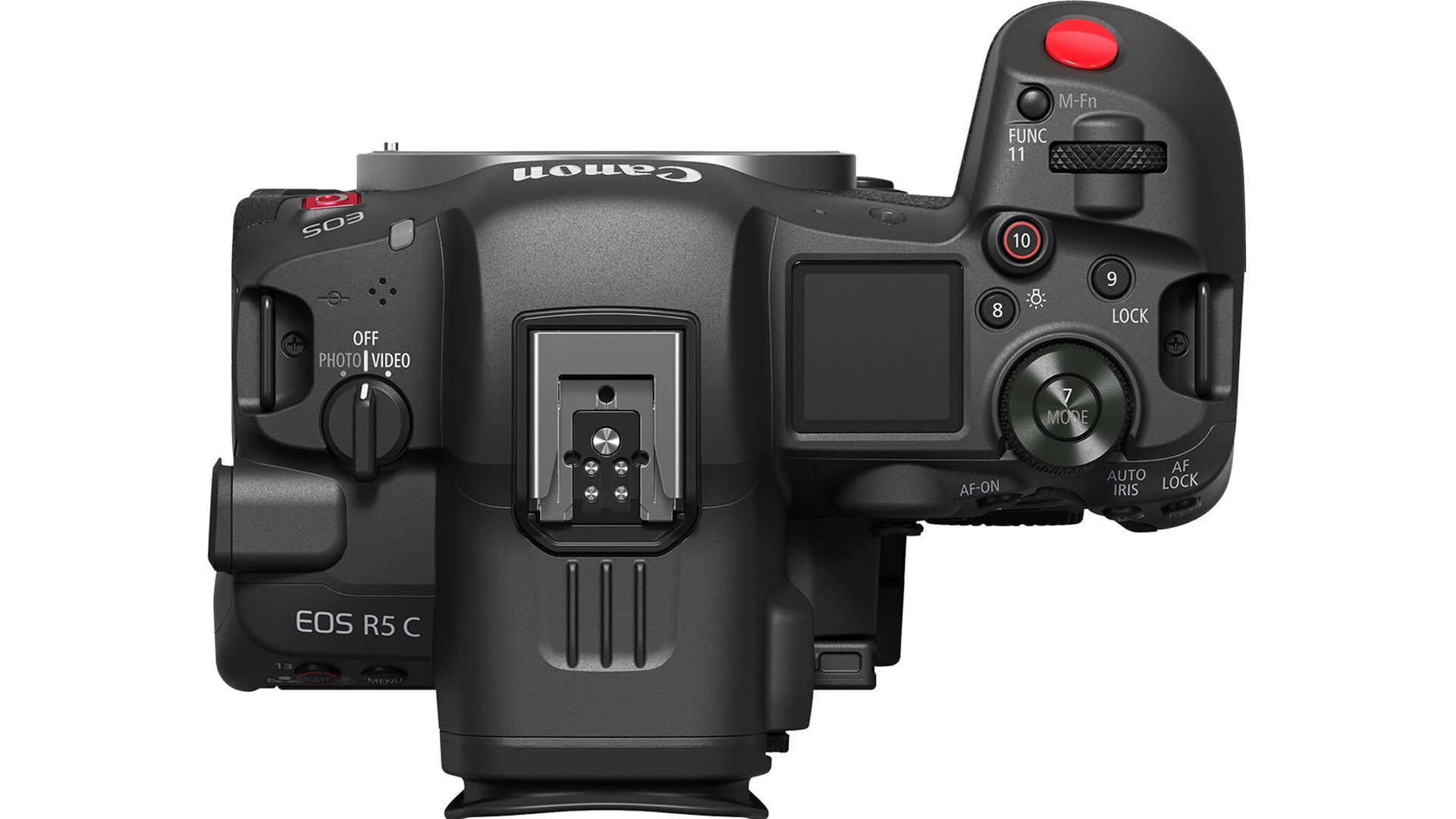
Revolutionizing raw-compression
Besides ProRes RAW and X-OCN, we have BRAW (Blackmagic RAW) which also allows the privilege of shooting various compression rates. However, the capabilities of the BRAW can be limited in some cases and this codec has been developed to be more adapted to Blackmagic’s ecosystem. Anyway, it seems that the days of being limited to one flavor of raw are over. Camera manufacturers want to offer cinematographers much more choices to choose from. Generally speaking, the desired formula is Compressed raw + internally. And it looks that external recorders will become history soon. BTW, many consider ‘compressed raw’ as not a real raw, and that’s because a real raw is not compressed. However, the key is to grant freedom in post-production. The methodology the codec is being recorded from the sensor is less important, as long as you can change crucial parameters like white balance and ISO. Furthermore, the compression lets you reduce the file size which is a very important capability. For instance, the best raw (by definition) is ARRIRAW. Nevertheless, it’s a heavy codec and data rates are skyrocketing. For instance, explore the dated chart below just to get an impression of the ARRIRAW datarate compared to compressed raw.

Discussion
Canon R5 C, Sony VENICE 2, and Nikon Z9 have managed to record 8K compressed raw internally in different flavors. If so, why does everyone say that this capability is locked by patents? Furthermore, in 2018 DJI announced that the Zenmuse X7 can record ProRes RAW as well: “We are thrilled that the Zenmuse X7 has become the first aerial camera to support Apple’s new ProRes RAW standard…DJI has obtained authorization from Apple for the latest Apple ProRes RAW. When mounted to the Inspire 2, the Zenmuse X7 is capable of recording 6K 14-bit Apple ProRes RAW video at 23.976 fps” DJI announced back then. However, it failed to implement compressed raw in its flagship, the Ronin 4D by stating: “Ronin 4D will not support internal compressed RAW (Apple ProRes RAW) recording at launch”. The Ronin 4D and the Kinefinity MAVO Edge are the only cameras that had to cancel the capability of shooting ProRes RAW just before shipping. Nevertheless, Canon, Sony, and Nikon show us the light here. Compressed raw can be achieved….Internally! and in 8K!. So who needs an external recorder anymore?
Product List
Here’re the products mentioned in the article, and the links to purchase them from authorized dealers.
- Canon EOS R5 C Mirrorless Cinema Camera
- Sony VENICE 2 Digital Motion Picture Camera (8K)
- Sony VENICE 2 Digital Motion Picture Camera (6K)
- Nikon Z9 Mirrorless Camera

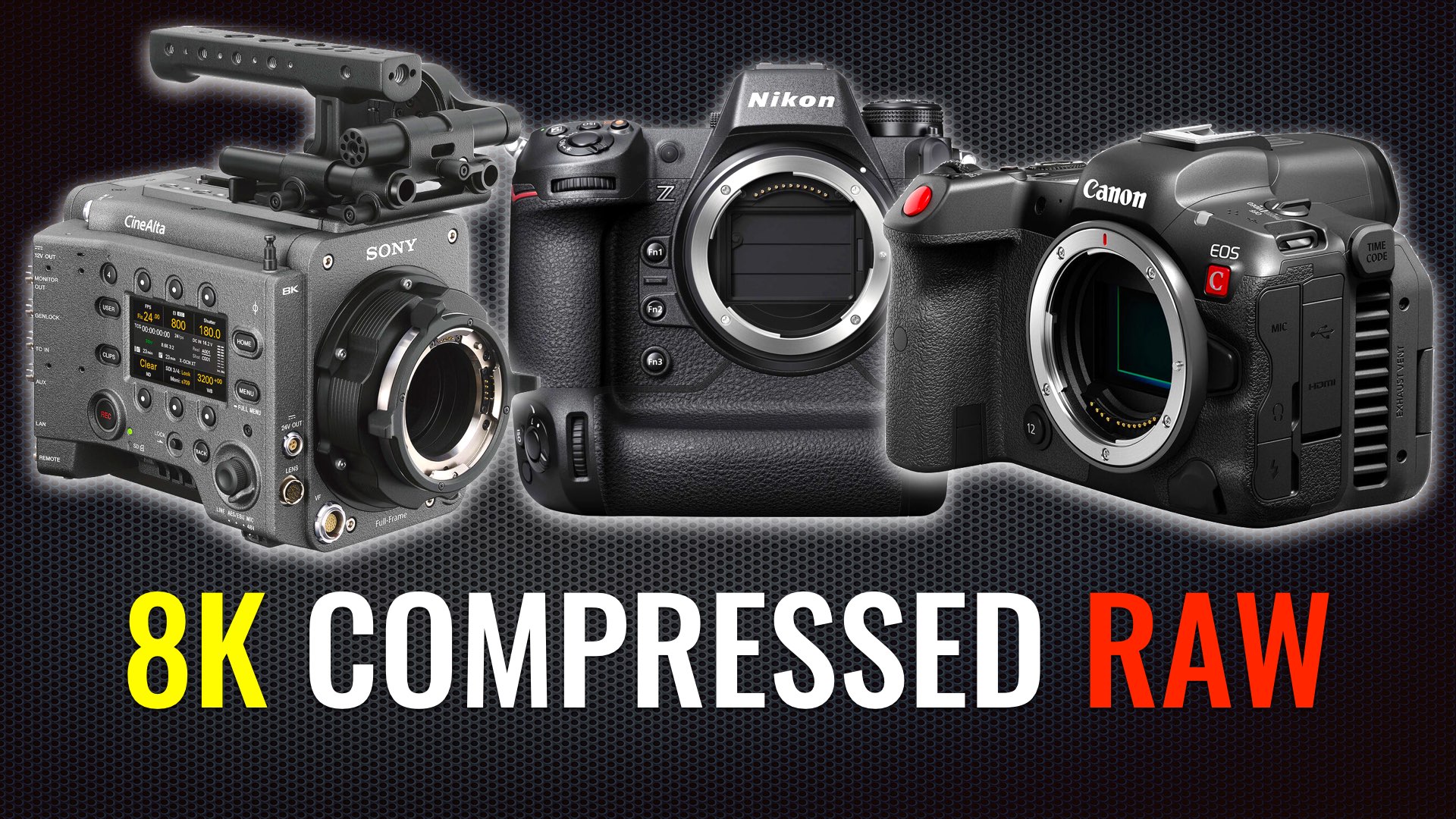
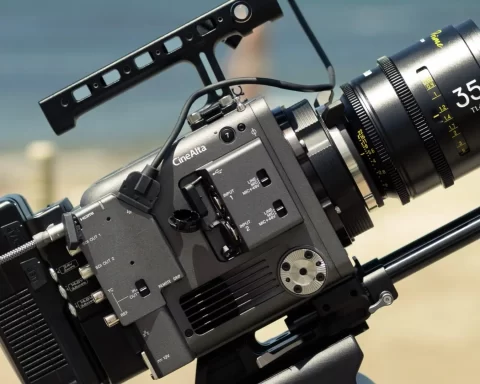
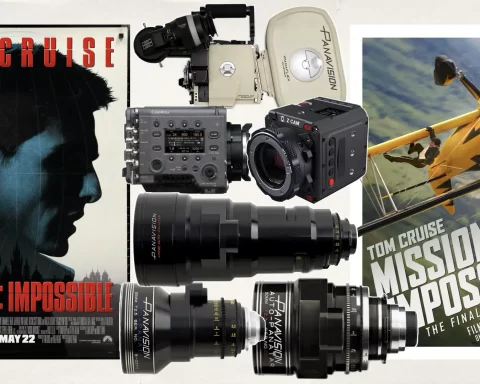
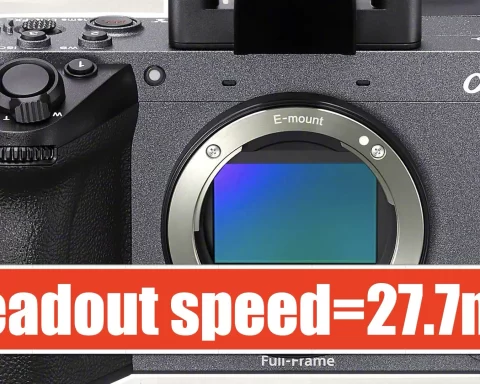
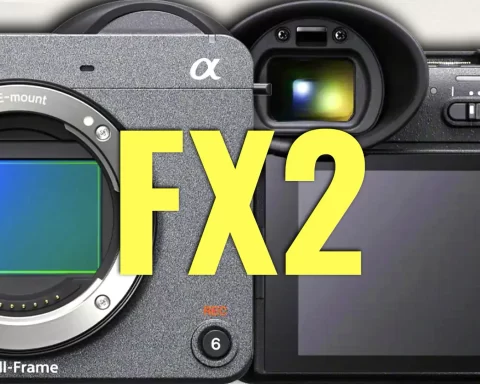
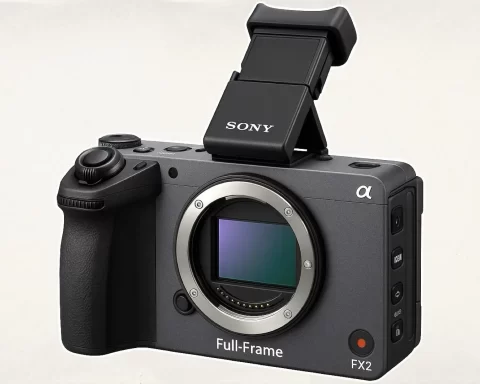


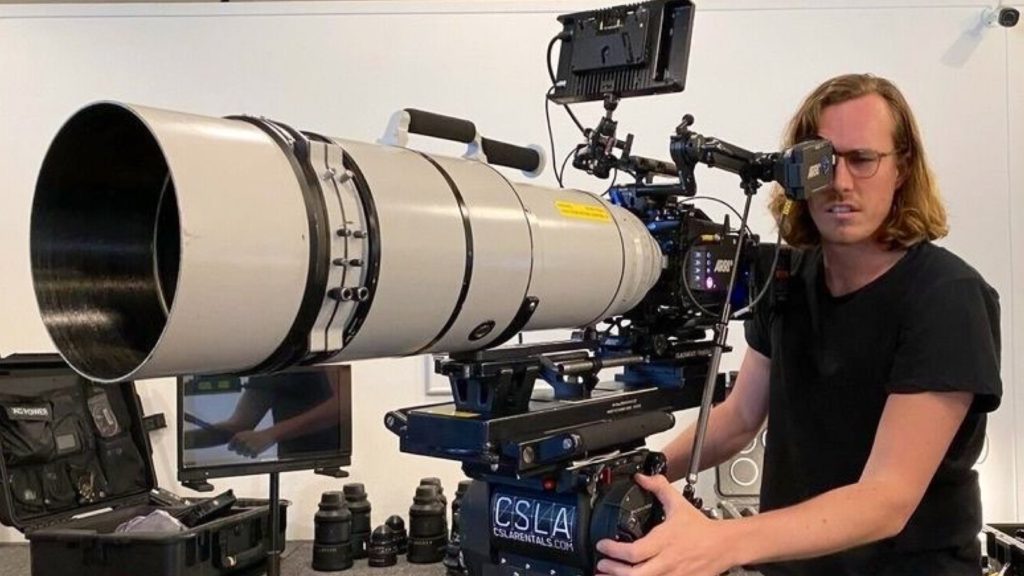
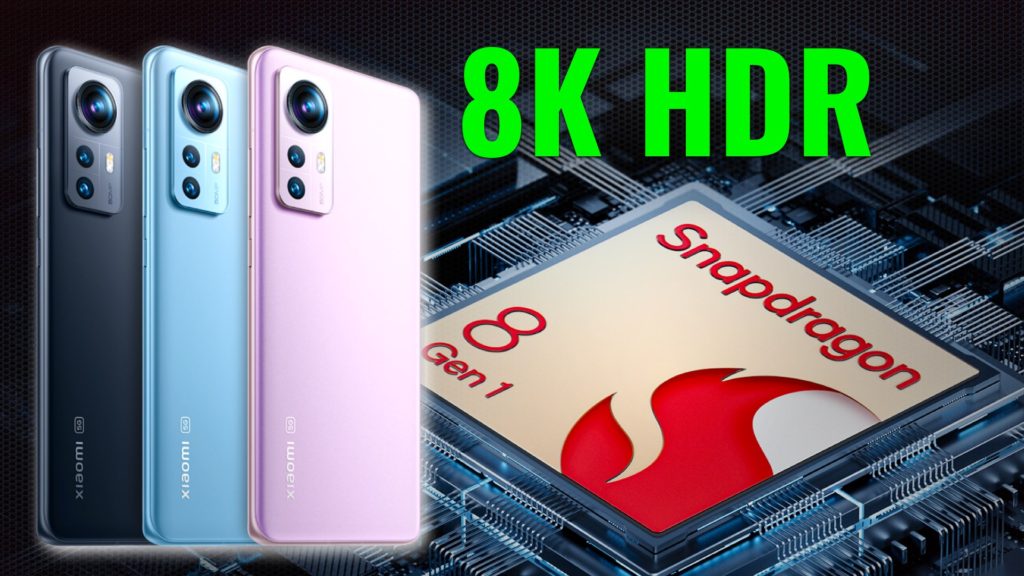
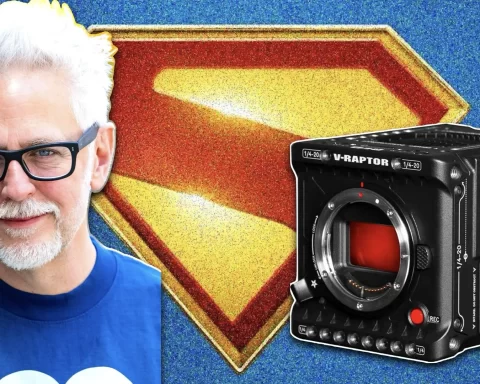

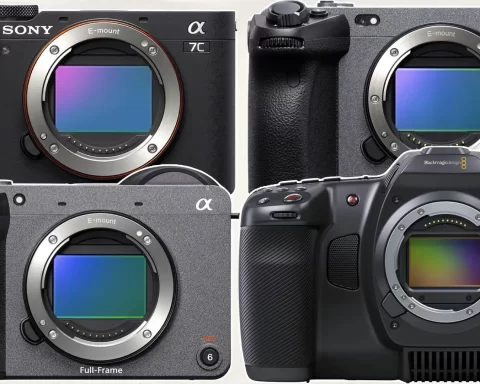
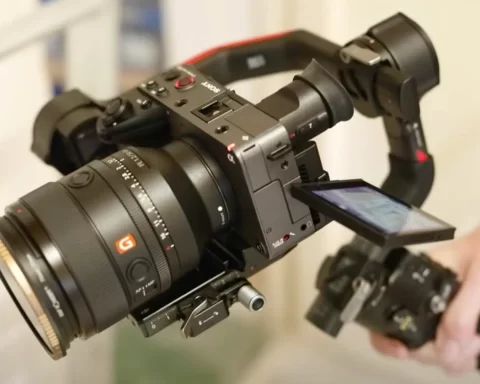
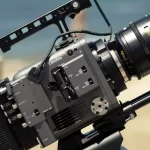
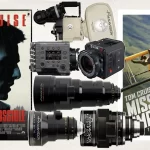
Originally, in the old days, there was ARRIRAW, CANON RAW and REDCODE RAW. Back then, while inspecting ARRIRAW and Canon RAW with a hex editor, it was immediately obvious that both of them were just 4 channel variations of good old fashioned DPX (SMPTE 268M), capturing the sensor’s RAW RGGB data, including all of the sensor noise. From the description on the RED web site, it turned out that REDCODE RAW was just a mezzanine compressed, 4 channel version of JPEG-2000, which is why you needed to buy this big power-hungry external box with a JPEG-2000 compression codec inside of it. Most of the compression was achieved by quantizing the bottom few LSBs on the JPEG-2000’s HH Wavelet subband, which is where almost all of the camera sensor’s noise energy is located. After decompression, the images look cleaner, leading some DPs to believe that RED sensors are quieter than ARRI sensors. This, as it turns out, is false. The RED sensors are similar to the ARRI sensors, since they use a similar silicon technology, but the REDCODE RAW process makes them look cleaner. One could do a similar de-noising trick on the ARRIRAW images and get a similar result as RED’s workflow. Oh, and but the way, the file sizes were much smaller because once you quantize out the sensor noise in the HH Wavelet subband, the remaining image entropy goes way down and the codec’s entropy encoder can code the resulting subbands into a much smaller JPEG code stream file size.
And then came CineForm with their Wavelet-based RAW workflow, just before CineForm was purchased by GoPro. You can do the same thing with the CineForm codec without having to buy an expensive PCIe-based JPEG-2000 compression card, although the file sizes don’t compress quite as small as the REDCODE RAW format, just because the CineForm codec’s Wavelet choice isn’t quite as efficient as the Wavelets available in JPEG-2000. Still, being able to compress RAW in real-time on your laptop is very appealing compared to the big power-hungry external box. I know that BMD was interested in the CineForm codec a few years ago, but couldn’t seem to get the folks at GoPro to return their phone calls. I don’t know what happened to that effort after that. This led me to wonder about the BMD BRAW format. I haven’t had time to go back and check it with my hex editor yet.
BTW, thanks for the entertaining articles.
My pleasure and thank you so much for these insights.
Yossy
It seems like BRAW uses some form of partial debayering, as evidenced by this video that shows significant noise in the blue channel: https://www.youtube.com/watch?v=qPB6wrVKHiw
Many misleading concepts in the article, is clear that the article is written by some one that don’t fully understand signal data recording science.
You must learn to differentiate what manufacturer BS presentation text are and avoid copy and paste without understanding what is under the hood.
Appreciate your response. Please feel free to elaborate and add more info.
Yossy